In Conversation:
Peter Bark
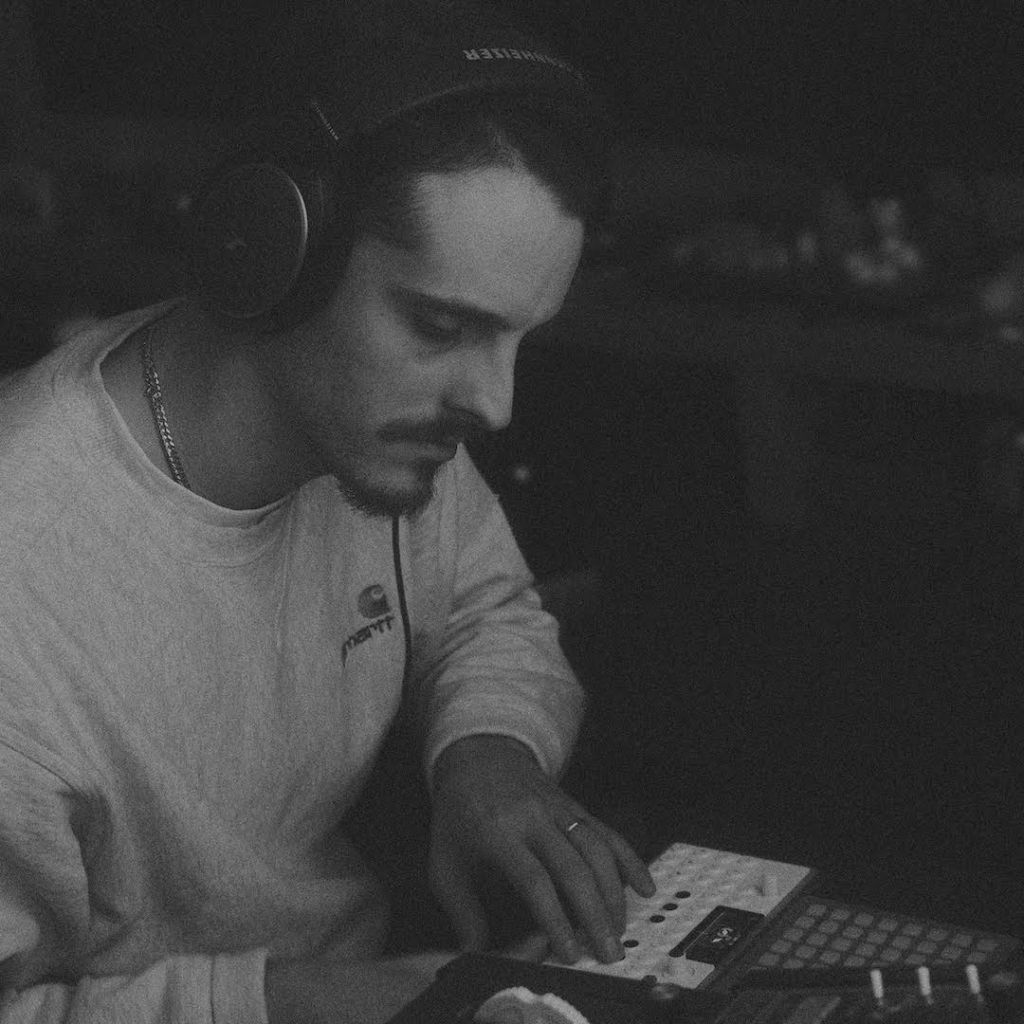
On his new album ‘Time Shelter’, Peter Bark offers a quiet defiance of perfectionism – a collection of ambient sketches, one-take recordings, and unreleased fragments spanning four years, finally brought together under one roof. Built around the Norns device and shaped by intuition over iteration, these tracks act less like compositions and more like journal entries: unpolished, intimate, and deeply rooted in the moment they were made.
In our conversation, Peter reflects on the comfort of letting go, the lasting influence of tools like Norns, and the creative shelter found in simply making music – not for release, but because it’s what he does. We spoke post the album’s release on SoundGhost, where Time Shelter has found a fitting home for the sounds that once had none.
You mention these tracks span four years. How did it feel revisiting older material – did you approach it with fresh ears or try to preserve its original spirit?
The oldest track on the album is from September 2021, and the newest is from 2023. I have a folder where I add tracks that are finished, but haven’t found a home yet. This album is made up of some of my favourites from that collection. I didn’t really alter the tracks outside of mix tweaks in an effort to preserve the original ideas.
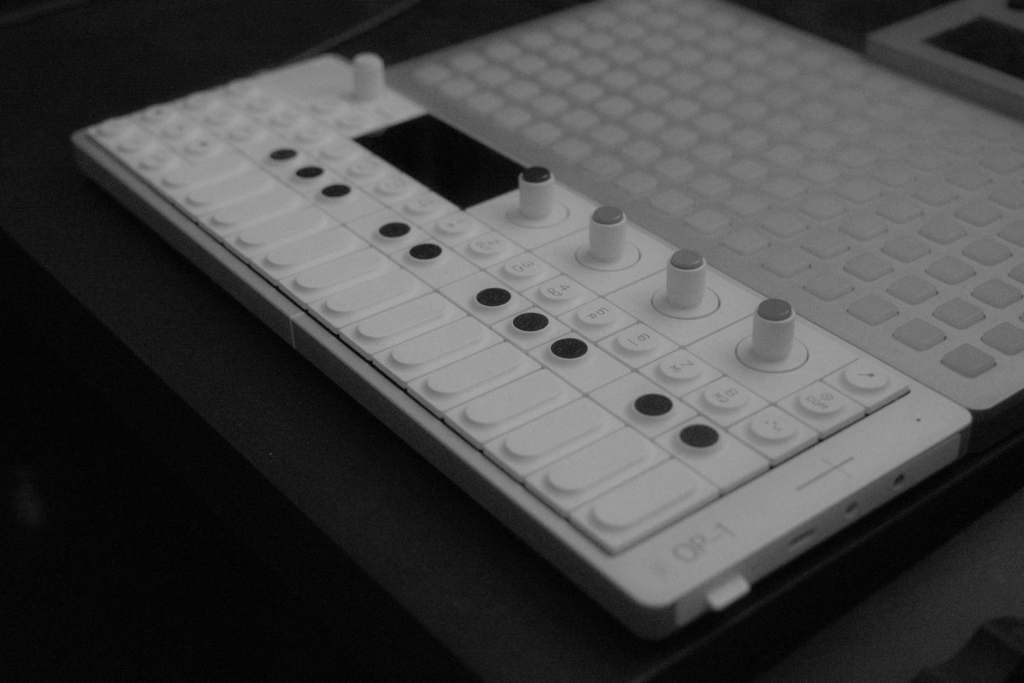
Was there ever a temptation to “finish” or polish these songs more before releasing them – or was the rawness part of the intention?
Outside of mix changes, no. I wanted them to function almost as journal entries. They’re snapshots of specific moments in time.
Do you have any rituals or patterns around returning to old work – or do you usually prefer moving forward and not looking back?
If I feel the track is “finished” I generally don’t add to it. I have sessions that are sketches that I’ll revisit and add to, for example the track “Fated Return” from my album “Glacial Fortress” was written in 2022, but was just a loop that I fleshed out into a full song.
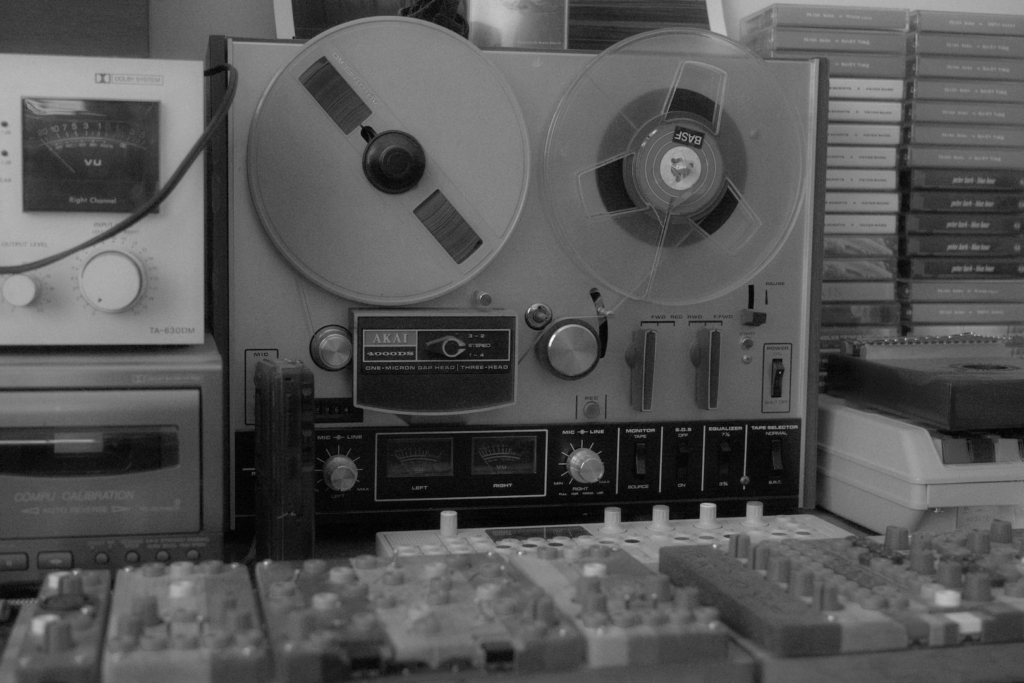
Some of these were recorded live in one take. What draws you to that kind of immediacy?
The recorded live performance style of writing evolved out of the “My Favourite Norns Scripts” series I produce. In those videos I wanted to showcase what the script I was covering could do. I felt that a performance video was a good way to do that. I find that when writing this way I spend less time obsessing over details, and the fact that you’re left with a single audio track prevents me from being able to go back and tweak things.
norns was central to all the tracks on Time Shelter. How has that device shaped your workflow or changed how you think about making music?
Norns is the single greatest piece of gear I own. Since getting it a few years ago it has shown up in some capacity on almost every project I’ve released. The fluid, unquantized nature of a lot of the scripts has broken me out of focusing so much on the grid, and encouraged relying more on feel.
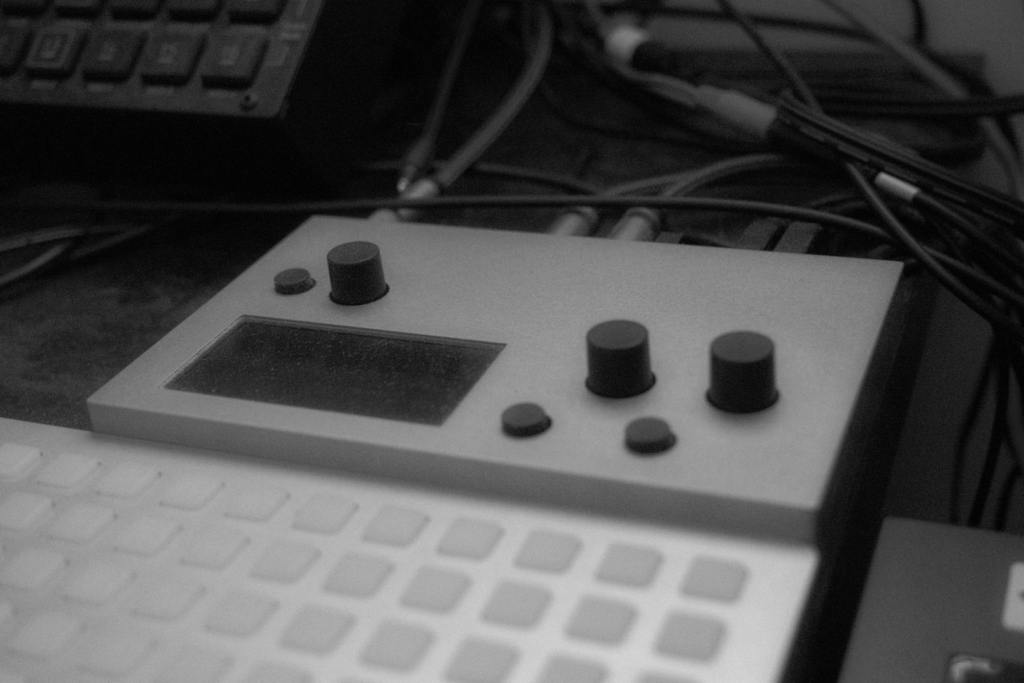
Has your relationship to gear and instruments changed over the years after using something as open-ended as norns?
Absolutely. I think like most musicians I was way too focused on plugins, instruments and hardware early on. I had major GAS (Gear Acquisition Syndrome), and was always looking for the next thing that would make my music better. Over the last couple of years I’ve moved to doing almost everything “in the box”, oftentimes with Ableton stock plugins. There are still a few hardware devices I’ll use from time to time; norns, op-1, coco and plumbutter, digitakt, tascam 414, matriarch, and my eurorack setup, and software like pigments, omisphere, serum, and a handful of other plugins, but for the most part I’m focused on the tools I already have. Norns is so impressive that it has made the bar for a new piece of gear REALLY high for me.
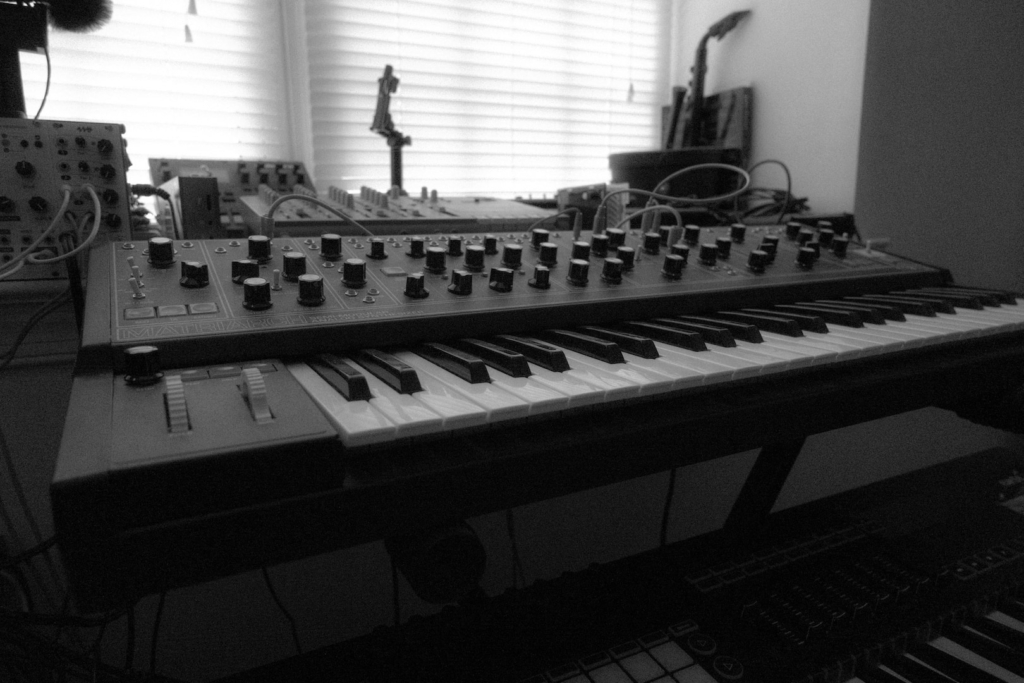
When a track, EP or project gets scrapped, do the ideas still feel ‘alive’ to you – or does it take time before you can reconnect with them?
I don’t really scrap projects. The way my process works is that I catch a wave of writing that seems to fit together naturally as a cohesive project. Sometimes there will be tracks that are written before, or after that period, that don’t quite fit the vibe of that group of tracks. The outliers will get added to the miscellaneous folder.
How do you know when a track is done, especially when it wasn’t made for a specific release?
I try to force myself to stop nitpicking. I’ll take a break from listening to a track for a week or so and then revisit. If there aren’t any major things sticking out to me I’ll call it there.
Is there a particular piece on Time Shelter that means something different to you now than when it was first made?
Not really, no. Like I said earlier, these tracks work as journal entries to me. The most fun part is listening back, and trying to remember how I wrote some of them. Lilypads for example was done using the Norns script Otis, and the rustling sound in the background was from a field recording I captured in Owl’s Head Park when I was living in Brooklyn.
What does the idea of a ‘shelter’ mean to you creatively? Does making music provide that space for you?
The shelter in the context of this release is that this album serves as a place for all these misfit tracks. I think at this point making music is just something I do, the same way I brush my teeth, or take a shower. I’ve been writing music for 15 years, sometimes daily, sometimes with a week or month break in between. I’ve never really taken the time to think about why I do it.
You said you know a track is done when nothing major sticks out after a break. Have you ever released something and later wished you could change it? Or do you intentionally let go once it’s out?
Constantly haha. There will always be some little thing that I wish I could tweak in hindsight, but I’ve learned to just let it go.
You’ve mentioned scripts like Otis, oooooo, Fall, and wrms. Do you usually start a piece knowing which script you want to use, or does the script dictate the direction?
I generally have different uses for each script. Oooooo for example works well for me as a composition tool. I made an entire album (recurring) using just that script to create asynchronous digital “tape” loops. Otis is another example of a script that can be used as a canvas, I fully composed the track outside (live performance here) using it. Other scripts are mainly used for ear candy, barcode is a great example. At this point I’m familiar enough with the scripts in my collection that I sort of know which tool to use to get the desired sound I’m looking for.
You said you don’t really scrap projects – do you think that mindset helps keep momentum going, versus always trying to ‘perfect’ one idea?
Definitely, I try to just keep moving, and not get bogged down overthinking things.
What do you think norns taught you about your own habits as a musician? Did it reveal anything surprising about how you work or listen?
Norns has really broken me out of being so reliant on the grid, and quantization in general. It’s hard to resist the urge to think very linearly when working in a DAW.
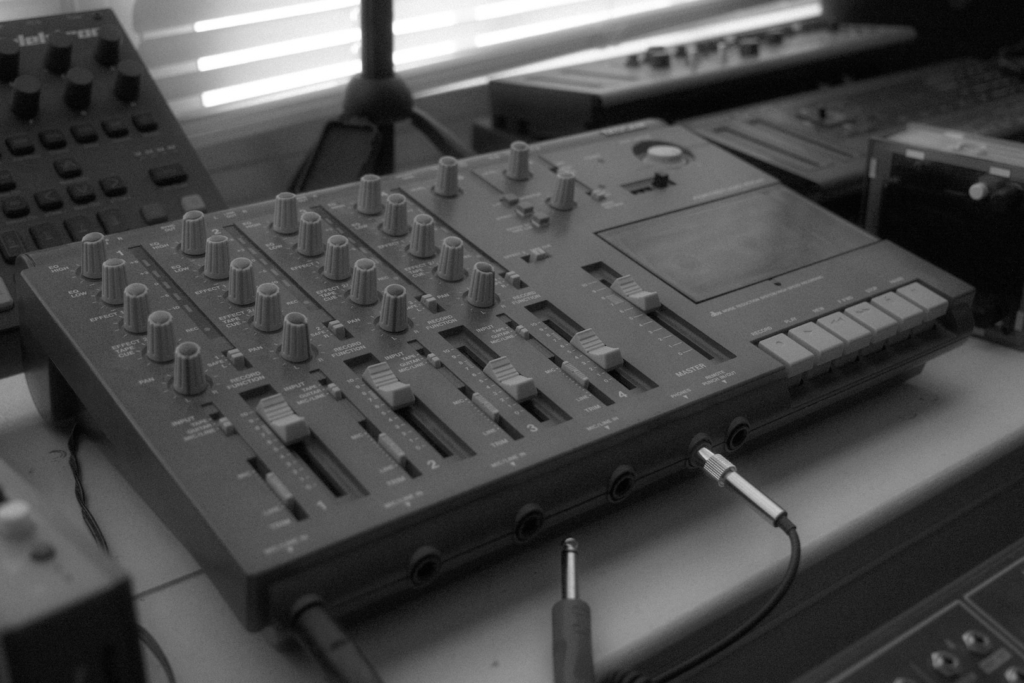
You organize ideas by year and month in Ableton – do you ever notice patterns or creative “seasons” when looking back through that archive?
Yeah, I go through phases where I can only make ambient stuff, or only make beat based stuff. It’s really strange. There are also periods where I feel like I’m sort of spinning my tires, and can’t write anything I’m happy with.
If you were to offer any advice to someone struggling to put together ideas, what would it be?
Just release stuff. If you try to wait until you think the album is perfect you’ll never put anything out. I find that the things that I obsess over, or are bothered by in a track aren’t even noticeable to listeners. I also think that treating writing as a “job” is helpful, just show up and start messing around. Even if you don’t end up with a track you might get a cool chord progression, or sample that can be used in the future. I organize my sessions by year, and month. I have this folder in my sidebar in Ableton, and if I’m struggling to come up with something I’ll have a look through the folders for some inspiration. It can be something as simple as a little synth recording, or the entire foundation of a song that I never finished.
Thank you for releasing this project, I’m really happy that these tracks are seeing the light of day. I’d like to give a quick breakdown of the tracks:
Ninetwentyone, unraveling, late afternoon, and concentric were all written around the same time in 2021. I was experimenting with long delays during this period. There’s a Norns script called Fall which has two parallel delays, one of which is like 15 seconds long. This creates these cool moments where you’re getting these echoes from really far in the past. For some reason software delays don’t let you get into that territory. I’ve found that most only go up to 5 seconds. The work around I used was setting Ableton’s stock echo device to synced bar length delays and setting the global tempo to like 40 BPM. This gave me some really long delays to work with. I used the Norns script oooooo, which is 6 mono audio buffers that have variable loop lengths, to sketch out some ideas and fed that into the delay. I used a similar process on my album “Recurring”, minus the delay element.
Time shelter, defrosting, and stasis were written in 2022 and are all live recordings. They were made with some combination of norns, digitakt, eurorack, and op-1. Stasis features one of my favourite sound design techniques. There’s a norns script called wrms, which is made up of two audio buffers that can serve as loopers or delays. You have control over the playback rate, and can get into pretty fast speeds. I bought this collection of children’s music toys a while back which featured a tambourine, maracas, woodblock etc. and one of the included pieces was this wooden worm that sort of works as a shaker. I record myself playing around with it into a buffer playing back at like 4x speed, and then slow it down back to normal playback rate. This creates something that almost sounds like tumbling rocks.
Glacial maximum is from September 2023. I was listening to a lot of 80s minimalist and ambient music, and really liked the gritty digital distortion that’s present in some of the recordings. I explored this sound further on my album “Blue Hour”.
The last track is lilypads from September 2021. Like I said earlier, this was made using the norns script ‘Otis’. Otis is inspired by the Ciat-Lonbarde instrument Cocoquantus. Similar to wrms it’s a two audio buffer looper or delay. I like using it as a looper, and record different things in the L and R channels. There’s a field recording of me walking in the park, as well as a nighttime recording I took in my friend’s driveway.
As Time Shelter unfolds, it becomes clear that Peter Bark isn’t chasing resolution – he’s capturing presence. These pieces resist overthinking, inviting us to sit with imperfection, memory, and the subtle details that emerge when we stop trying to polish them away. In a world obsessed with output and refinement, Time Shelter reminds us there’s value in simply making – in archiving moments as they are, not as we wish they were.
You can listen to Time Shelter now via SoundGhost, and explore more of Peter’s work through his videos, releases, and quietly expanding archive of sonic sketches.
Time Shelter is available via SoundGhost on Bandcamp and Streaming.


